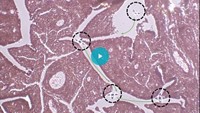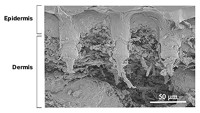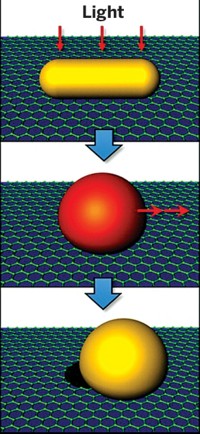Advertisement
Grab your lab coat. Let's get started
Welcome!
Welcome!
Create an account below to get 6 C&EN articles per month, receive newsletters and more - all free.
It seems this is your first time logging in online. Please enter the following information to continue.
As an ACS member you automatically get access to this site. All we need is few more details to create your reading experience.
Not you? Sign in with a different account.
Not you? Sign in with a different account.
ERROR 1
ERROR 1
ERROR 2
ERROR 2
ERROR 2
ERROR 2
ERROR 2
Password and Confirm password must match.
If you have an ACS member number, please enter it here so we can link this account to your membership. (optional)
ERROR 2
ACS values your privacy. By submitting your information, you are gaining access to C&EN and subscribing to our weekly newsletter. We use the information you provide to make your reading experience better, and we will never sell your data to third party members.
Analytical Chemistry
Coffee-Ring Effect Separates Particles
Chromatography: The nanoscale low-cost method could work in medical diagnostics in developing countries
by Rajendrani Mukhopadhyay
February 7, 2011

That old coffee ring on your desk may be an eyesore but some researchers see in it an analytical technique. Scientists have developed a chromatography method on glass slides that uses the same physics as the coffee stain: It separates nanometer- and micrometer-scale particles by size as a droplet dries (Anal. Chem., DOI 10.1021/ac102963x). The inexpensive technique could find use in disease diagnostics.

When a droplet of a colloidal suspension, such as coffee, dries on a surface, the evaporating liquid pushes the particles to the edge, concentrating them and leaving a ring at the droplet's rim. To see if the phenomenon could not only concentrate particles but also separate them, Tak-Sing Wong, Chih-Ming Ho, and colleagues at Harvard University, the University of California, Los Angeles, and Stanford University delved into the theory of how particles move as a droplet evaporates. They surmised that as the droplet grew thinner towards its edge, the particles would stop moving at a point where their diameter matched the droplet's height.
The investigators made an aqueous suspension of fluorescent beads with diameters of 40 nm, 1 μm, and 2 μm. They let a 0.5-μL droplet of the suspension dry at room temperature. Three distinct rings appeared, with the smallest beads in the outermost ring and the largest ones in the innermost ring. The investigators next showed that the technique could separate proteins, bacteria, and mammalian cells in an aqueous mixture.
Because it doesn't require an external power source, the method could enable people to easily carry out separations of biological molecules from mixtures even where electricity is scarce, Wong says. Separation is a critical step in disease diagnostics to help identify the culprit of an illness.





Join the conversation
Contact the reporter
Submit a Letter to the Editor for publication
Engage with us on Twitter